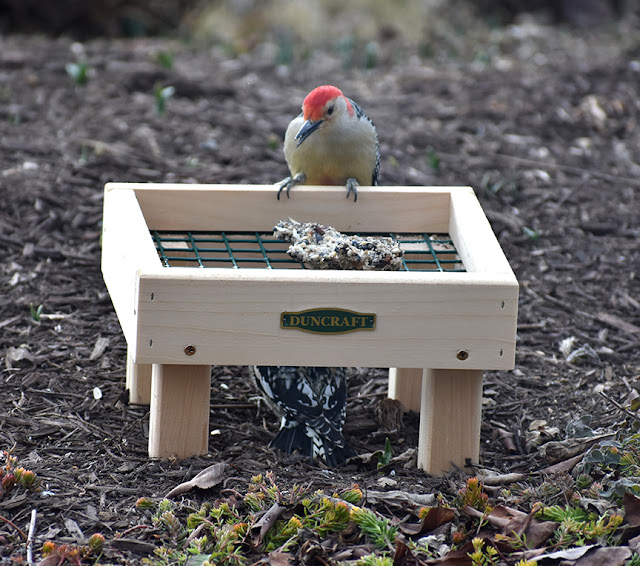 |
| Footpath in Flores, watercolor, 20"h x 14"w. |
I'm back to watercolors with this painting of one of the many footpaths on the beautiful island of Flores. I used half a sheet of some cold-pressed rough 300 lb. paper I had in my studio, and once started, remembered how much water this paper absorbs. The rough surface is also hard on brushes--I hope I won't need to buy new ones after this!
The photo I worked from already formed a nice composition in and of itself, so the challenge was rendering the pattern of light and dark to give the impression of the path in its shadowy tunnel of trees with patches of sunlight shining through. The pigments were my recent botanical palette of Vanadium Yellow, Quinacridone Gold, Cerulean Blue Hue, and Indrathrene Blue, with touches of Perylene Maroon and Quinacridone Red to neutralize the greens.
I built up the colors in layers starting with light washes of blue and yellow-green for the sky and foliage, and gradually darkened the tree trunks and rocks in the foreground. The painting could still be a bit darker, and I'll probably continue to work on it to heighten the shadowy parts more.
It brought back wonderful memories of my hikes on the many footpaths of Flores, where at every turn there was something beautiful to see. This particular hike was taken in the company of a guide, Pier Luigi, the Italian-born owner of the Nautilus B & B in Faja Grande on the western side of the island. We hiked from the northernmost point of Flores where one of the two lighthouses on the island are located, on towards Faja Grande--the only stretch of Flores where there were no driveable roads. The shady path was a welcome relief from the afternoon sun after the earlier, more exposed parts of the trail.
There were many other similar footpaths throughout Flores that I hiked on my own, all of them presenting their own challenges and charm. I'll soon undertake another journey down memory lane to once again paint my favorite spot: the Poza das Patas.



























